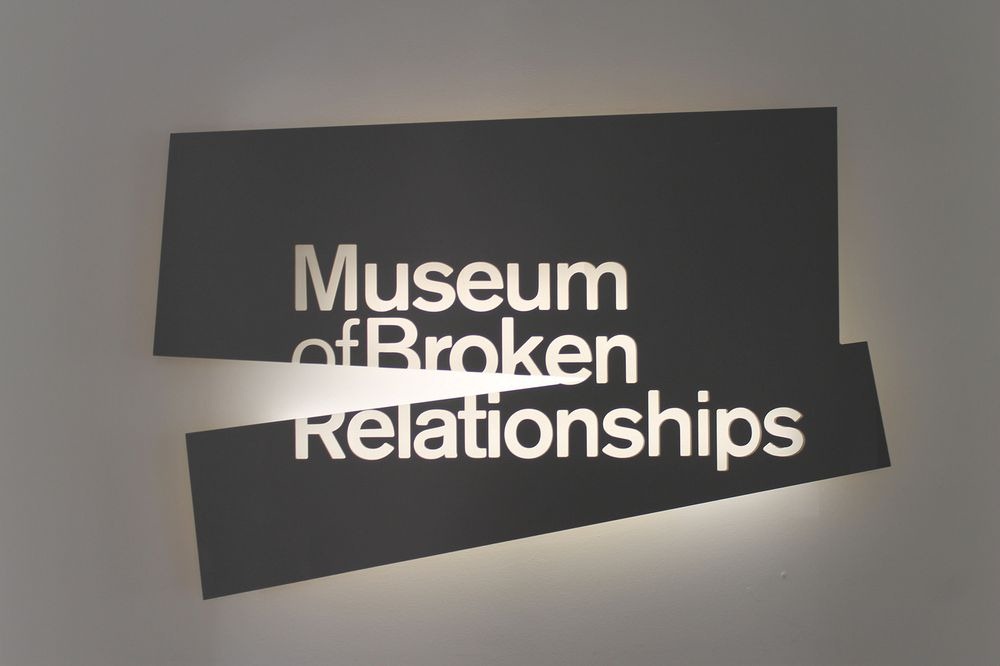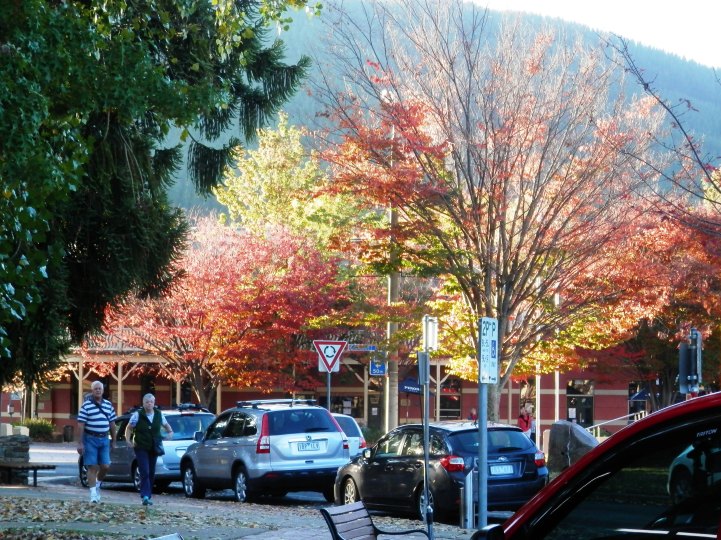
Art for art’s sake is just as heretical in cinema as elsewhere probably more so. On the other hand, a new subject matter demands new form, and as good a way as any towards understanding what a film is trying to say to us is to know how it is saying it.
-Andre Bazin, In What is Cinema
Is cinema an art, escapist entertainment or just an industry that packs a mixture of potpourri in the name of art?…..many people have analyzed this modern day muse and have come up with theories of their own.
One of the highly acclaimed art historian and critic of the 20th century Rudolf Arnheim had to say this in his ‘Film as Art’:
“Film is a unique experiment in the visual arts which took place in the first three decades of this century. In its pure state it survives in the private efforts of a few courageous individuals; and occasional flares, reminiscent of a distinguished past, light up the mass production of the film industry, which permitted the new medium to become a comfortable technique for popular storytelling.”
Films over the years and across continents have captured the imaginations of millions of moviegoers with their unique way of storytelling…..even an uninitiated illiterate person can comprehend and enjoy the film language as it has something to do with the basic human senses and sensibilities. But the perceptions differ from person to person based on his station in society, his experiences in life, his understanding, and emotional attitudes.
David Lean, one of the most revered and much-awarded film making genius, known for his extraordinary vision, expertise in the use of tools of the trade and his inimitable style of projecting inner and outer panorama of the human landscape in each of his films like Lawrence of Arabia, Dr.Zhivago, Brief Encounter, Great Expectations, The Sound Barrier, says,
“Film is a dramatized reality and it is the director’s job to make it appear real… an audience should not be conscious of technique.”
Since the inception, or rather the invention of this unusual art form, filmmakers have been experimenting in telling their stories to attract the audience’s attention using the elements of film making which or different from literary or stage devices…..Close-up, editing or montage, cinematic spatial and temporal aspects, deep focus and many more are unique to cinema.
According to Bazin, a common language of cinema emerged in 1930 to 1940.
“First as to content: Major varieties with clearly defined rules capable of pleasing a worldwide public, as well as a cultured elite, provided it was not inherently hostile to the cinema.
Secondly as to form: well-defined styles of photography and editing perfectly adapted to their subject matter; a complete harmony of image and sound. In seeing again today such films as Jezebel by William Wyler, Stagecoach by John Ford, or Le Jour se leve by Marcel Carne, one has the feeling that in them an art has found its perfect balance, its ideal form of expression, and reciprocally one admires them for dramatic and moral themes to which the cinema, while it may not have created them, has given a grandeur, an artistic effectiveness, that they would not otherwise have had. In short, here are all the characteristics of the ripeness of classical art.
Pudovkin, the Russian Master, has said that film strives to lead the spectator beyond the sphere of ordinary human conceptions. This statement rightly points out the composition of the audience in a cinema theatre.
On the audience reactions to the cinema, Arnheim points out,
“There are also certain artifices by which the spectator may be induced to assume such an attitude. If an ordinary picture of some men in a rowing boat appears on the screen, the spectator will perhaps merely perceive that here is a boat and nothing further. But if, for example, the camera is suspended high up, so that the spectator sees the boat and the men from above, the result is a view very seldom seen in real life. The interest is thereby diverted from the subject to the form. The spectator notices how strikingly spindle-shaped is the boat and how curiously the bodies of the men swing to and fro. Things that previously remained unnoticed are the more striking because the object itself as a whole appears strange and unusual The spectator is thus brought to see something familiar as something new. At this moment he becomes capable of true observation. For it is not only that he is now stimulated to notice whether the natural objects have been rendered characteristically or colorlessly, with originality or obviously, but by stimulating the interest through the unusualness of the aspect the objects themselves become more vivid and therefore more capable of effect.”
Historically, not until film began to become an art was the interest moved from mere subject matter to aspects of form.
The film director, according to Arnheim, has the best possible control of his audience’s attention; for by placing the camera just where he wishes he brings onto the screen whatever is of greatest importance at the time, and is able to give proper significance to objects without there being any need for the flower to call out “Now look at me.” The interest of the spectator is necessarily directed to it because at the time he is shown nothing else.

“But the cinephile is … a neurotic! (That’s not a pejorative term.) The Bronte sisters were neurotic, and it’s because they were neurotic that they read all those books and became writers. The famous French advertising slogan that says, “When you love life, you go to the movies,” it’s false! It’s exactly the opposite: when you don’t love life, or when life doesn’t give you satisfaction, you go to the movies.”
― François Truffaut
What he says sounds true to me….. I may be a neurotic as far as films are concerned…..I read anything and everything on films….I watch any and every film at the first opportunity……But I do have a fair share of favorite directors whose films I rarely miss.
Tom Hanks, the most adorable actor of Forrest Gump takes us all to the movies…..
“Hey, I got an idea, let’s go to the movies. I wanna go to the movies; I want to take you all to the movies. Let’s go and experience the art of the cinema. Let’s begin with the Scream of Fear, and we are going to haunt us for the rest of our lives. And then let’s go see The Great Escape, and spend our summer jumping our bikes, just like Steve McQueen over barb wire. And then let’s catch The Seven Samurai for some reason on PBS, and we’ll feel like we speak Japanese because we can read the subtitles and hear the language at the same time. And then let’s lose sleep the night before we see 2001: A Space Odyssey because we have this idea that it’s going to change forever the way we look at films. And then let’s go see it four times in one year. And let’s see Woodstock three times in one year and let’s see Taxi Driver twice in one week. And let’s see Close Encounters of the Third Kind just so we can freeze there in mid-popcorn. And when the kids are old enough, let’s sit them together on the sofa and screen City Lights and Stage Coach and The Best Years of Our Lives and On The Waterfront and Midnight Cowboy and Five Easy Pieces and The Last Picture Show and Raging Bull and Schindler’s List… so that they can understand how the human condition can be captured by this amalgam of light and sound and literature we call the cinema.”
I went along with him and I also want you all to see the films of David Lean, Billy wilder, Miklos Jancso, the Hungarian master whose camera never stops, Ingmar Bergman, the Swedish ace, Satyajit Ray, the celluloid painter par-excellence, Hitchcock the, the tension builder, James Cameron, the new Avatar on the block and many more……
More on my next movie trip about the stars behind the stars.











